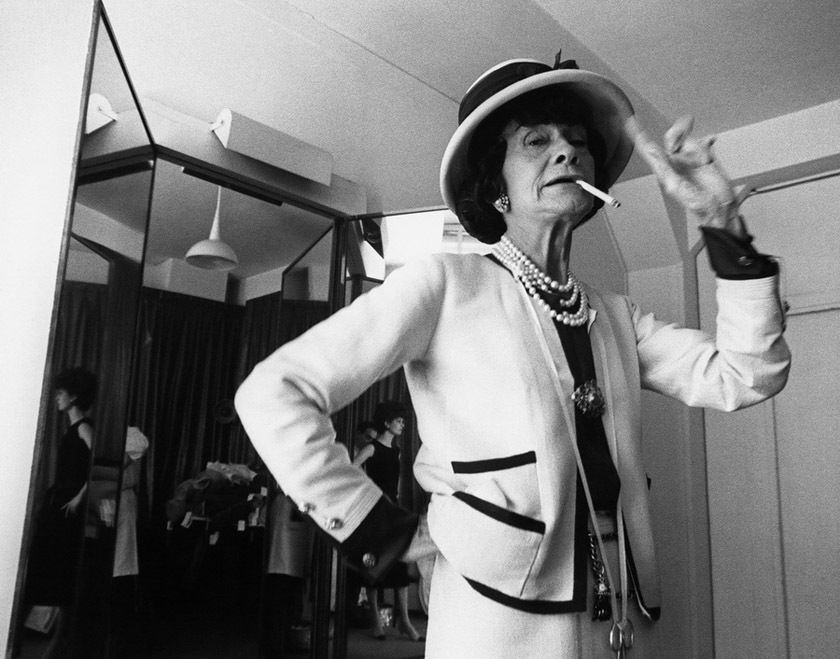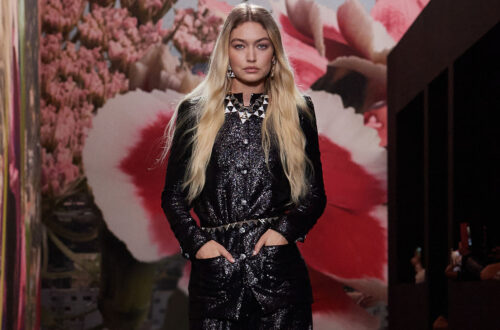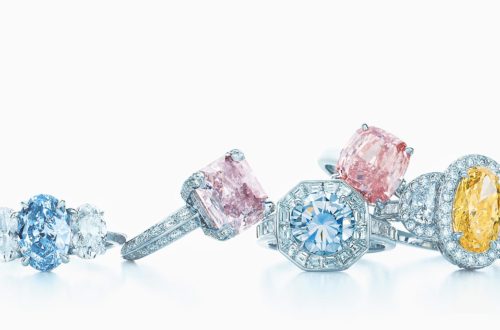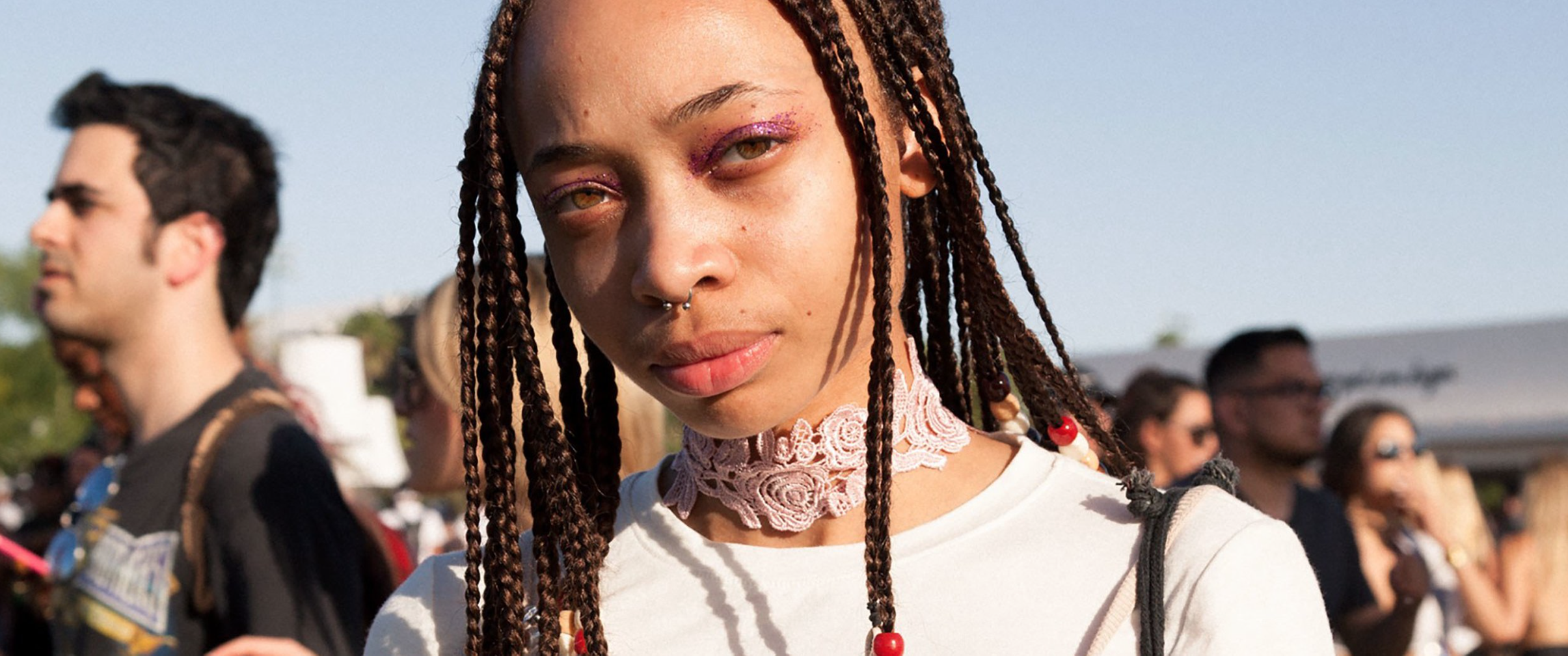Let’s face it: We all love a battle between the giants.
In the COVID era, after spending all of our time watching ugly remakes on Netflix and scrolling through not-even-funny memes on Instagram, we could actually call legal battles “poetic cinema”. So please, take a seat and don’t hold your breath.
It all started in 2017 (on this note, take me back to being eighteen and clueless, please!), when Huawei sought approval from the EUIPO (EU Intellectual Property Office) to register its computer hardware trademark. Huawei probably thought it was going to be a simple one-two-three procedure. Turns out the tech giant was actually clueless as to what was going to happen next (relatable).
On December, 28, Chanel filed a notice of opposition to registration of that mark, claiming it bore similarities to its own earlier registered one. Let’s take a look at the two logos.

If you’re thinking they look pretty different: honestly, same.

In 2019, EUIPO dismissed Chanel’s objection on the ground that the two marks were not similar (Shocking. Truth be told… things always become obvious after the fact). In other terms, there was no risk of confusion between the two logos, especially given the fact that the double C was immediately recognizable and associated with Chanel.
Chanel nevertheless challenged the ruling, taking it to the General Court. (As Winston Churchill said: Never give up – never, never, never, ever). And here come the fresh news… On April 21, 2o21 (meaning a few days ago, even though it still sounds like the future), the General Court of the European Union, better known as the EGC, dismissed the action brought by Chanel against the registration of a Huawei mark on the ground that “the figurative marks at issue are not similar”, as “the marks must be compared as applied for and registered, without altering their orientation”. “The mark applied for by Huawei is a figurative sign consisting of a circle containing two curves resembling the image of two black letters ‘u’ positioned vertically and as an inverted mirror image, which cross and intersect to form a central element constituting a horizontal ellipse. As regards the two Chanel marks, they consist of two curves resembling the image of two black letters ‘c’ positioned horizontally and as an inverted mirror image, which cross and intersect to form a central element constituting a vertical ellipse, the second mark bearing the special feature of those curves being contained in a circle.”
Furthermore, the Luxembourg based tribunal stated that the two logos presented significant visual differences: “In particular, Chanel’s marks have more rounded curves, thicker lines and a horizontal orientation, whereas the orientation of the Huawei mark is vertical.” And thus the Court concluded that the marks were different. The ruling could be appealed to the EU Court of Justice, which is the supreme court of the European Union in matters of EU law. (After all, it was Coco Chanel herself that said: “Success in often achieved by those who don’t know that failure is inevitable”).
The legal battle between the French luxury brand and the Chinese tech giant regarding the logo design shows us how important trademarks are for businesses, no matter how big and well-known they already are. Simply said, marks are like seals of quality: they enable a company to set itself apart from its competitors and gain in terms of non-price competition. It’s only natural that luxury brands should fight hard to guard their logos in order to preserve their symbols of luxury and exclusivity (Mic drop).
by Anna Zanolli





